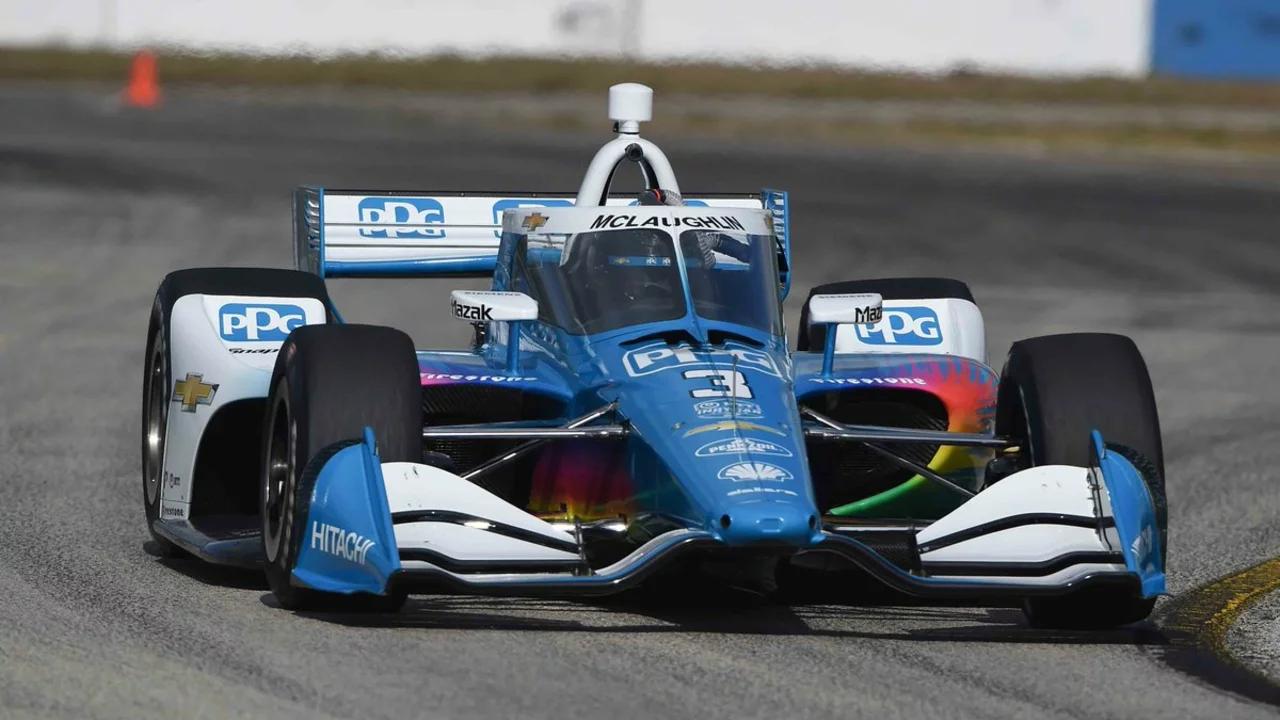Driving Skills: Simple Tips to Boost Your Racing Performance
If you want to shave seconds off your lap time, the secret isn’t a faster engine – it’s better driving skills. Good technique lets you keep the car stable, hit the apex cleanly, and stay confident when the pressure rises. The great news? You can work on these skills on any track or even on a quiet road with the right drills.
Essential Car Control Basics
Start with your seat and steering grip. Sit low enough that you can feel the pedals through your feet, and keep a slight bend in your knees. This position gives you quick pedal response and lets you shift weight easily. When you hold the wheel, use the “10‑and‑2” position or a slightly lower grip if you prefer. Both hands on the wheel give you better feedback, especially when you’re fighting for traction.
Vision is another game‑changer. Instead of staring at the curb, look where you want the car to go – the exit of the corner. Your eyes naturally guide the hands, so picking a clear line helps the car follow it. Keep your head up, and scan the track ahead to anticipate changes, like a sudden bump or a slower car.
Braking deserves its own focus. When you brake, press the pedal smoothly until you feel the car about to lock up, then ease off just enough to stay on the edge of grip – this is called threshold braking. Doing it consistently lets you carry more speed into the corner. Remember to release the brake before you turn the wheel; doing both at once can upset the balance and cause a slide.
Throttle control works the same way. Apply power gradually as you straighten the car. A sudden surge can lift the rear wheels, especially on a wet surface. By modulating the throttle, you keep the car planted and extract more speed without losing traction.
Practice Drills to Sharpen Your Skills
Set up a simple cone layout in a safe area and practice figure‑8s. This drill forces you to switch direction quickly, teaching you how to balance the car under opposite forces. Focus on smooth steering inputs and steady throttle – the goal is fluid motion, not raw speed.
Try a braking zone drill. Mark a straight line, drive past it at a set speed, then brake hard to stop exactly on the line. Repeat, shaving a little off each attempt. This builds confidence in your threshold braking and teaches you how to judge distances without looking at the tachometer.
Lap consistency drills are just as useful. Run a few laps and record your sector times. On the next run, aim to hit each sector within a second of your best time. Small variations reveal where your technique slips – maybe you’re braking a fraction too early or not using the full apex.
Don’t forget the mental side. Before a hot lap, take a few deep breaths and visualize the perfect line. Mental rehearsal primes your brain to react quicker, making the physical execution smoother.
Finally, review data if you have it. Even a basic lap timer shows you where you lose time. Pair the numbers with what you felt on the track to pinpoint improvements.
Improving driving skills is a step‑by‑step process. Start with the basics, practice targeted drills, and keep a notebook of what works. With steady effort, those seconds you gain will add up to a big advantage on race day.
After intense research and comparisons, it's clear that the debate over whether F1 drivers are better than IndyCar drivers isn't black and white. Both require unique skills, with F1 focusing more on technological prowess and precision, while IndyCar emphasizes raw speed and strategy. The different styles of tracks they race on also play a crucial role in their skill set. It's like comparing apples and oranges, both fruits but different in taste and texture. So, in my opinion, it's not about who's better, but about the different expertise and skill sets they bring to their respective sports.

